Strange Star Behavior Unlike Anything In The Universe
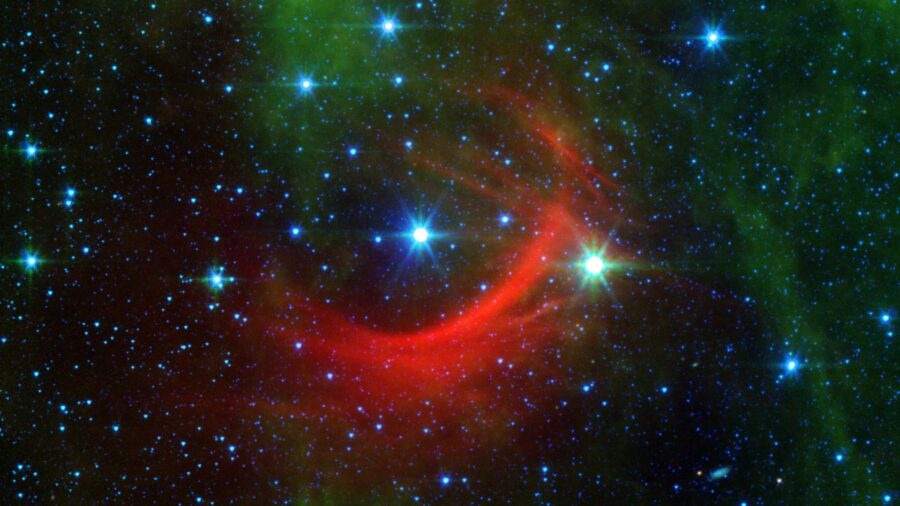
A star called V889 Herculis is rotating very strangely. At least, that’s what astronomers are saying about the sun-like star in the Hercules constellation, about 115 lightyears from Earth. Researchers say that its rotation is like nothing else discovered, bringing modern understanding of stellar rotation into question.
Defies What We Know Of How Star’s Rotate
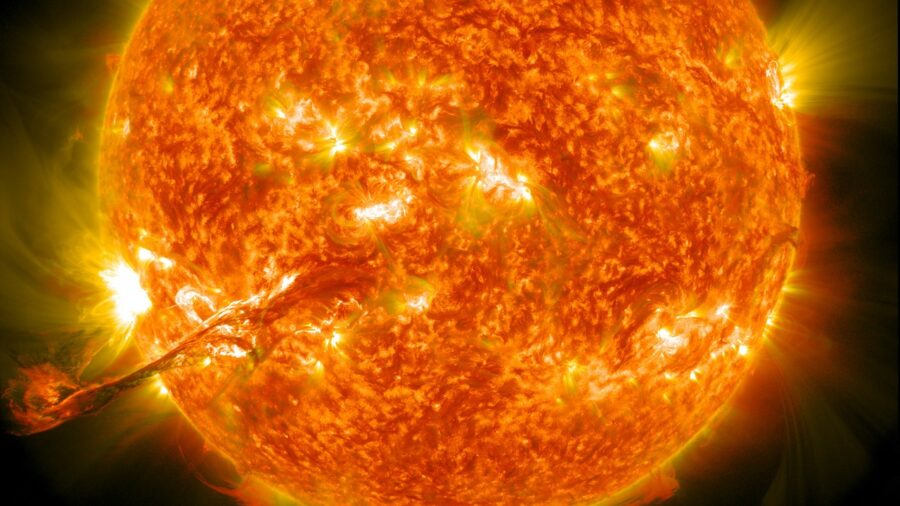
At issue with the star’s wonky rotation is the speed at which its equator moves in comparison with its poles and equator, according to astronomers. Stars are made of gasses, so their rules of physics vary from solid planets. Most stars, like our Sun, rotate most quickly at their equator and move gradually more slowly towards their poles. V889 Herculis, however, has a stripe of faster rotation around 40 degrees latitude and then slows at both the equator and the poles.
Stellar Rotation
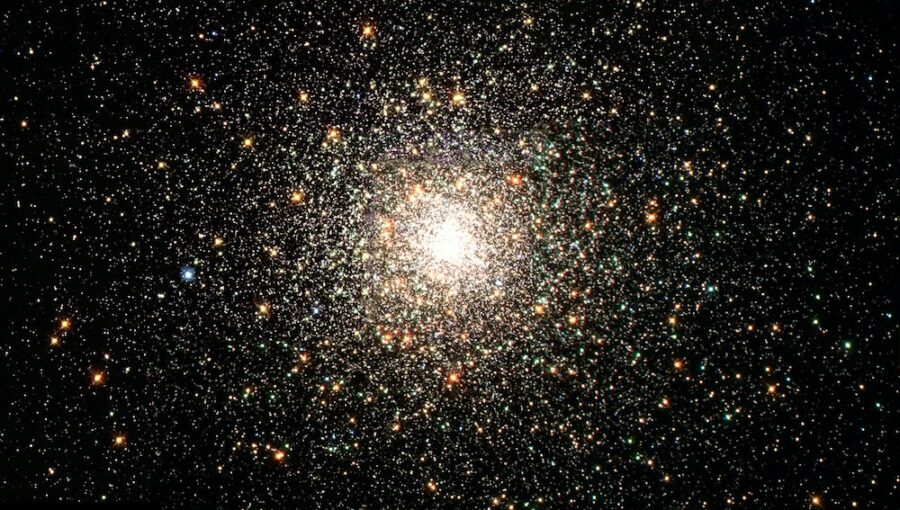
Mikko Tuomo, the lead researcher on the Helsinki project, explains that a new statistical technique was applied to existing data from a familiar star that had been studied and observed for years. The results they received were unexpected, challenging current ideas about stellar dynamics and magnetic dynamos. Until now, stellar rotation was thought to be relatively well understood, but the new data was outside any predictions researchers had made.
New Method Of Study
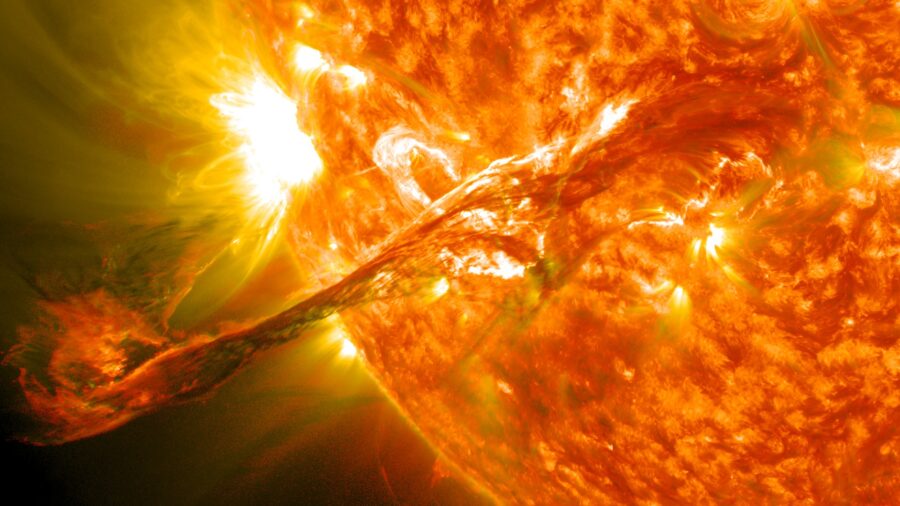
Scientists from the University of Helsinki discovered the odd rotation dynamics of the star and reported their findings on July 31 after applying a new statistical technique developed to compile the data.
By tracking the movement of spots on the surface of stars by compiling surface brightness data, astronomers from the Department of Particle Physics and Astrophysics at the University of Helsinki were able to model the rotation speeds of two nearby stars. This groundbreaking method of measurement has allowed stars besides the sun to have their rotational speeds observed and studied for the first time.
Backed By Decades Of Data
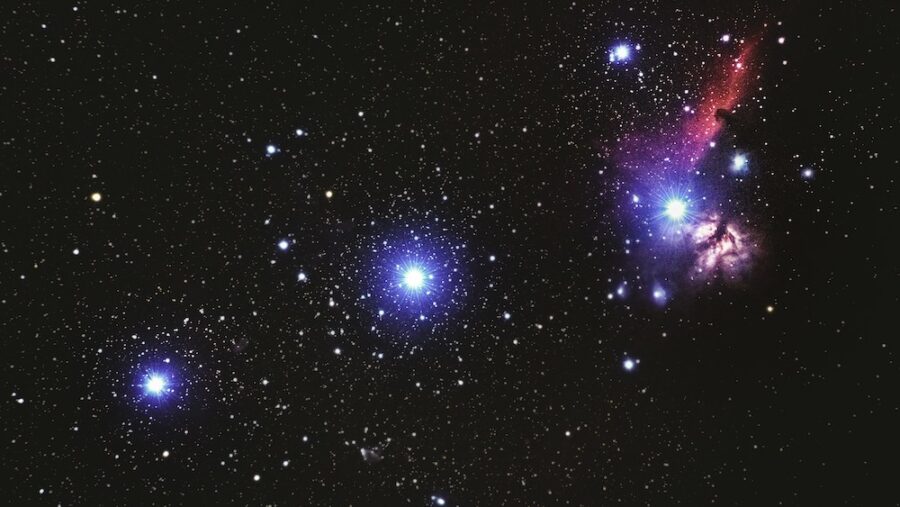
The Helsinki astronomers used 30 years of statistical data that was recorded by the Fairborn Observatory in Arizona to build their new method for clocking the surface rotation of a star. This data, combined with observations of both V889 Herculis and LQ Hydrea, a star from the Hydra constellation about 60 light years from Earth, allowed astronomers to gain insight into the relative rotation speeds of the stars’ surfaces.
These new observations have already changed human conception of stellar physics and are set to reveal more about the magnetic inner workings of stellar bodies.
Will Help For Predicting Solar Events
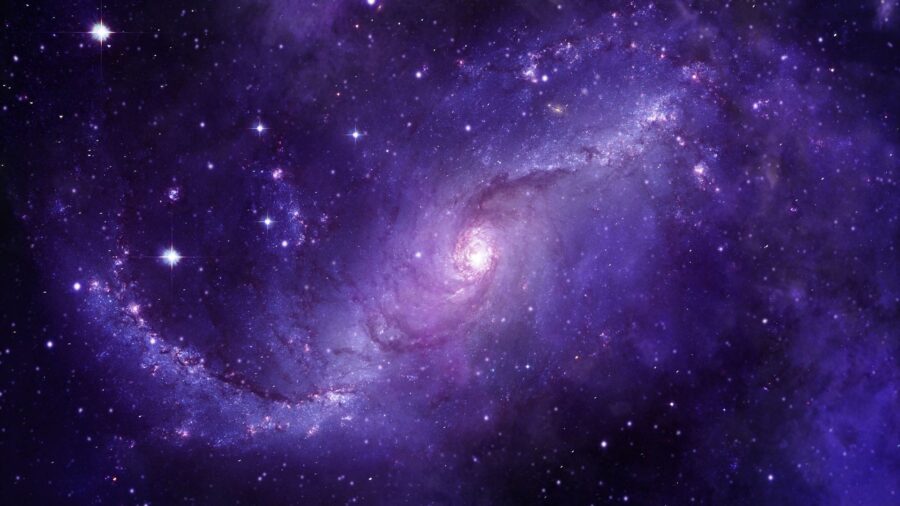
This new understanding of stellar rotation is important for practical applications like predicting sunspots, solar flares, and magnetic anomalies on our own Sun. This allows for more accurate prediction of magnetic interference caused by these anomalies.
Using the new statistical model developed in Helsinki, astronomers are also poised to unlock the mysteries of stellar rotation, as well as how stars interact with other planets. This wonky star embodies a new beginning for interstellar study.
There’s A Lot Of Math Involved
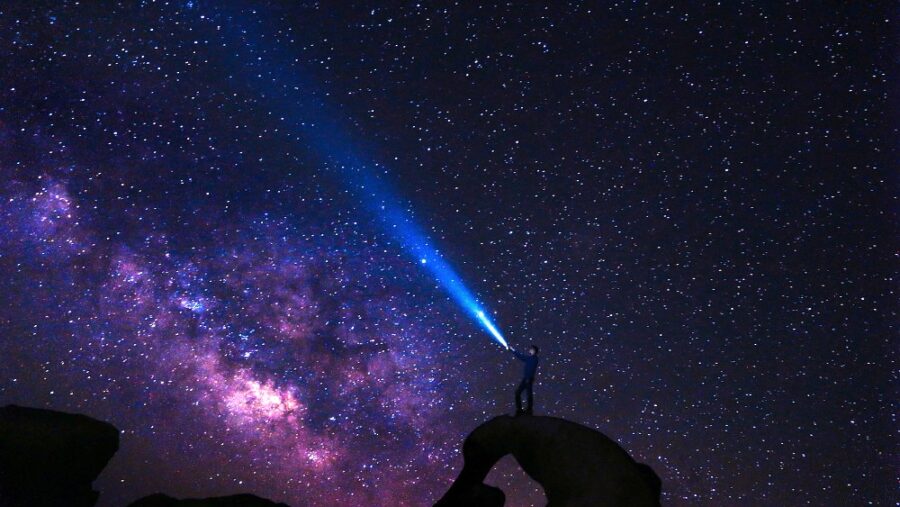
Understanding the rotation of a star is quite an undertaking. First, the physics of nuclear fusion occurring within a star is converting hydrogen into helium, creating massive amounts of energy and heat. While gravity pulls the active plasma inward, the heat moves material outward towards the surface of the star, and cooled plasma from the surface sinks inward towards the core. The size and chemical composition of the star also affect the star’s rotation, adding another layer of variables to be tracked when measuring.
Source: University of Helsinki












